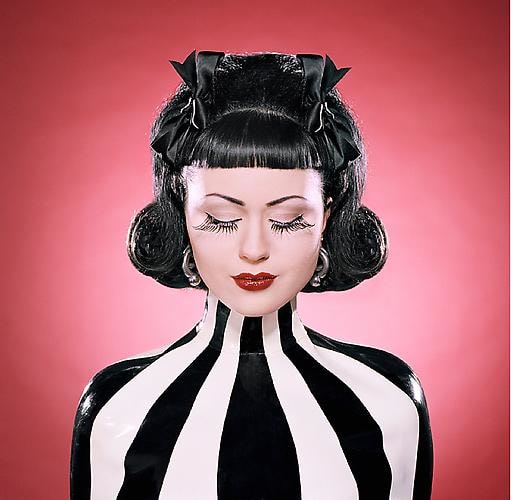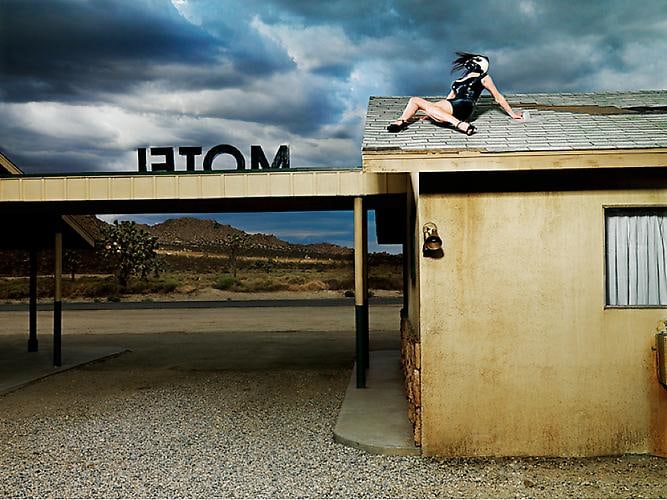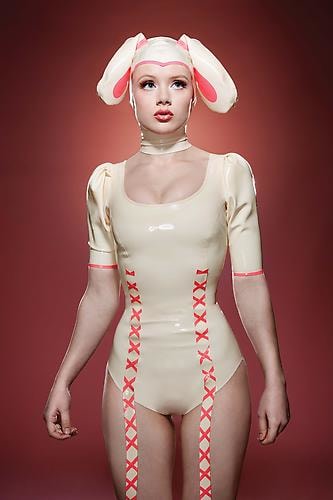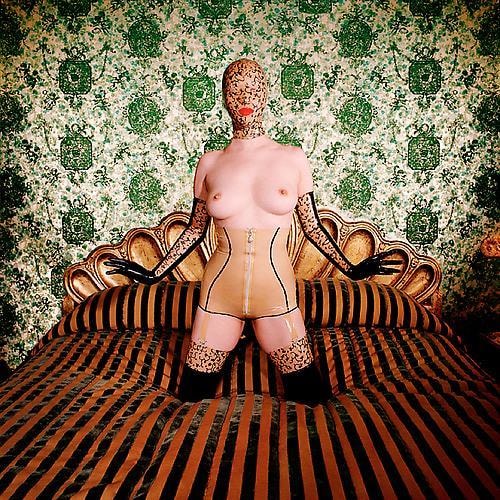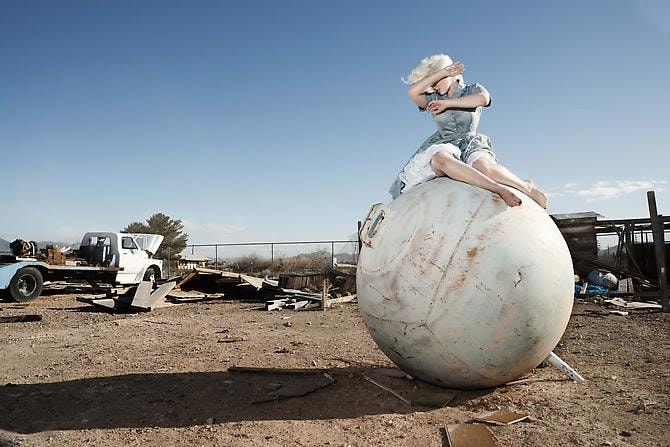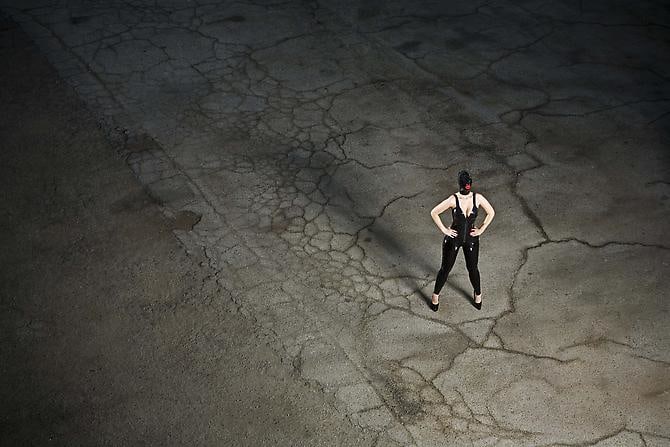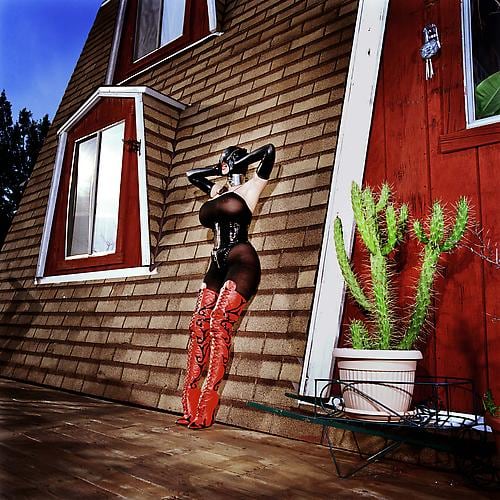EXHIBITION: March 31 - April , 2012
RECEPTION: Saturday, March 31, 7:00 – 10:00 pm
LOCATION:
ROBERT BERMAN GALLERY
Bergamot Station Arts Center
2525 Michigan Ave. / B7 Gallery
Santa Monica, CA 90404
Marla Rutherford’s work references many genres of photography – fashion, advertising, glamour portrait, fetish, film stills, Pirelli calendars – to present highly original fictional and performative portraits that play off incongruous worlds, often interrupting a domestic scene with a fantasy image or placing a seductive fetish portrait in a common- place, everyday scene.
Marla Rutherford’s photographs show a surreal universe that brings together groups of people from completely different worlds. The originality of her work resides in the juxtaposition of images of children or the elderly with portraits of people from the worlds of sadomasochism and fetishism. By making the latter group pose in ordinary surroundings, the photographer brings the strange and the banal together, and so allows viewers to feel more at ease when faced with people whose practices are seen as deviant. In her collection of brightly colored images, Rutherford uses a style close to advertising photography, which is intended to seduce the viewer. Portraits of people from a community that is a part of the counterculture of America are brought out into the light of day and treated as a subject as commonplace as a smiling baby or an old lady sitting in her living room.

